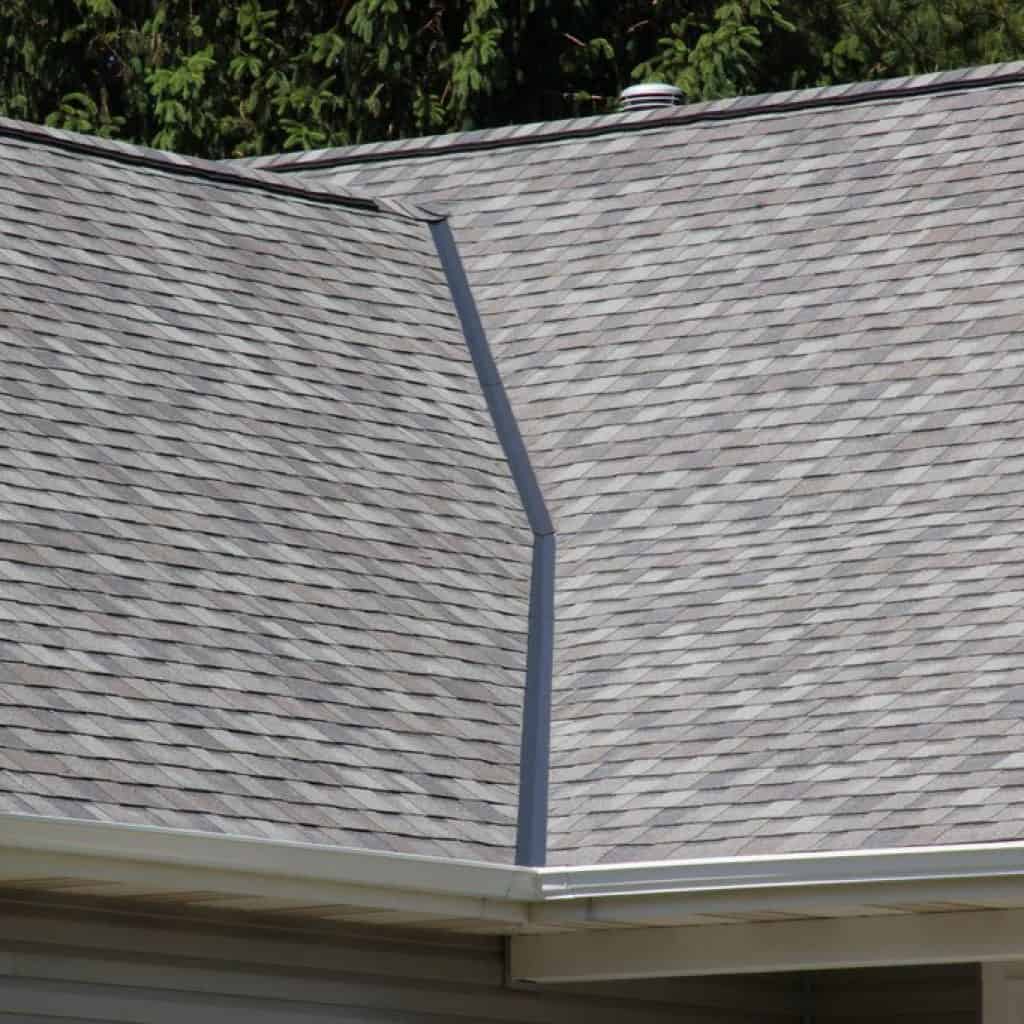
If your roof is around 20-30 years old, chances are, it is time to start thinking about a new roof. There are a few signs that shingles need replaced, other than just leaks. Shingles that have been blown off by strong winds do not always indicate a bad roof, but if they are blowing off under normal weather conditions, it can be a sign of brittleness and aging. Look at the shingles’ granule coating as well, which gives shingles their color but also protects against UV damage. Some granule loss is typical of old shingles, but really bad granule loss leaves bald patches of fading color, which cause shingles to dry out quickly and split into pieces. You may also want to keep an eye out for lifting and curling, both indicators the shingles are drying out too.
If indeed your shingles are done, you have two options: You can reroof (meaning, adding new shingles on top of old ones), or do a full replacement roof (stripping down the entire roof to the sheathing and installing a brand new roof) instead. Reroofing is alright as long as there is only one layer of shingles total and one of them is curling or lifting. Reroofing will not be possible if there are two or more layers however. Many experts believe that a reroof reduces the life span of new shingles by 20-40%, so it really is not ideal. Compared to underlayment over wood sheathing, the old shingles provides an uneven surface, so the new shingles won’t sit as flat, making them more susceptible to moving and blowing off. While roof manufacturers will not come right out and say it, reroofs definitely don’t last as long, and their warranties apply only to new installations and full replacements, not reroofs.
It is worth noting that GAF, the largest shingle manufacturer in America, now offers a lifetime limited warranty for all of its architectural shingles. It does reinforce that the gap between different grades of shingles has been regularly closing.
Regardless of the shingle grade, the labor is relatively the same, so go for the highest grade of shingle you can afford, to expand their lifespan over time. The difference in price is likely minimal, and the increased thickness and weight of the shingles make them more resistant to strong winds and bad weather.
